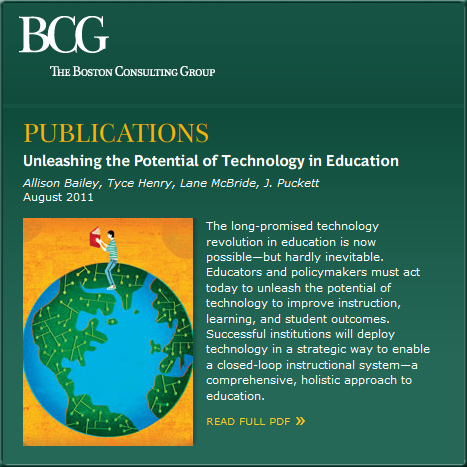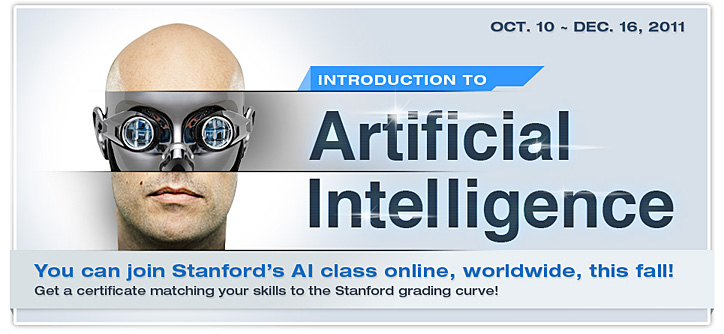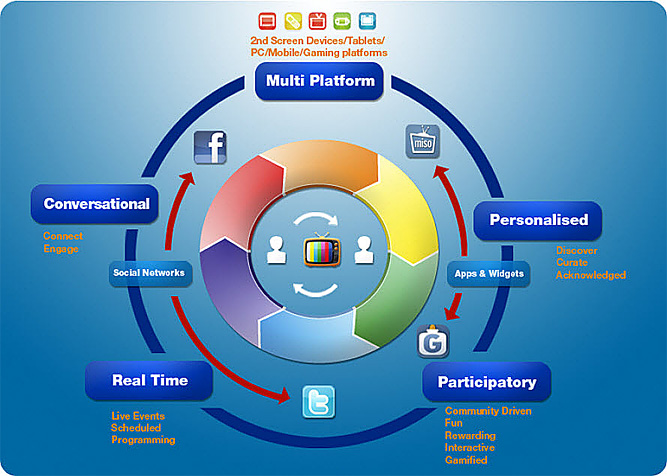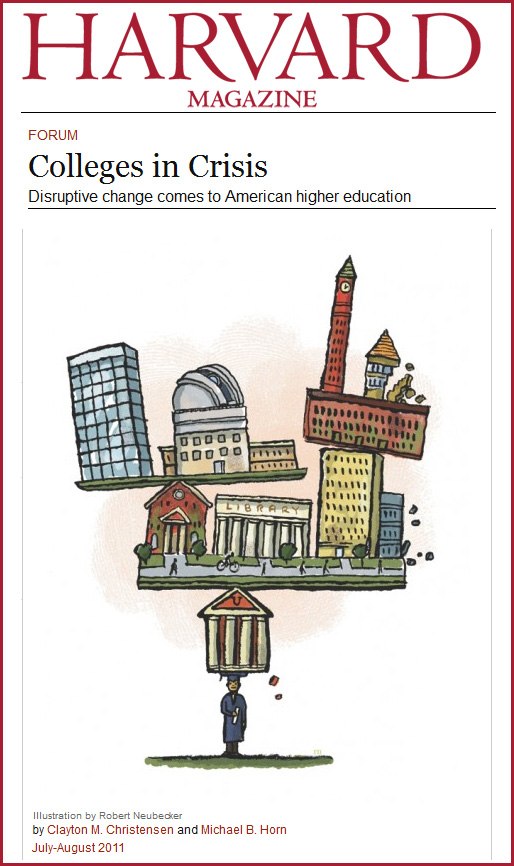Stanford researchers designed software that allows a viewer to zoom and pan while streaming online courses. They recently released the code to the public.
Apollo to buy adaptive-learning company for $75-Million — from The Chronicle by Josh Keller
Excerpt:
The Apollo Group, which runs the University of Phoenix, announced on Tuesday that it plans to pay $75-million to purchase Carnegie Learning, which develops interactive math instruction that adapts to the needs of individual students.
Massive open online course — definition on wikipedia.org
Are MOOCs the Future of Online Learning? — from Mind/Shift
‘State Authorization’ Struck Down — InsideHigherEd.com by Doug Lederman
Excerpt:
WASHINGTON — Higher education hates the U.S. Education Department’s recently enacted regulation requiring institutions to seek and gain approval from any state in which they operate, and has fought it on multiple fronts. Late Tuesday colleges and universities got at least a temporary reprieve from the part of the rule to which they most object — its application to online programs in which even one student from a state enrolls. A federal judge voided that part of the regulation in a ruling that otherwise upheld rules the department crafted over the past 18 months to try to protect the integrity of federal financial aid programs.
Five common pitfalls of online course design — from Faculty Focus by Elizabeth St. Germain
Forget the next iPhone, your next TV will be on the Internet — from forbes.com by Brian Caulfield
Excerpt:
It looks like we’ve reached an inflection point for Internet-connected televisions. Forty-seven percent of all flat-panel televisions shipped worldwide in 2015 will have some form of Internet connectivity, up from more than 25% today tech tracker DisplaySearch said Tuesday.
The future of TV is social and the revolution is coming ! | SOCIAL MEDIA NEWS | Digital Ministry — from Mark Mayhew
Ynon Kreiz, CEO of the Endemol group the largest independent production company in the world responsible for Big brother said Social TV is going to be huge.
“The ability to create content that will enable people to interface with each other, to connect, to recommend, to share and experience over television, is going to change the landscape of the industry.”
Excerpts:
What is social TV?
Simply put, it’s about merging your social media networks to the TV. It’s making TV social–again. It’s about taking the water cooler effect and making this virtual, it’s about the empowered consumer viewing content when and where they want, deciding who they want to share it with and being able to do this all in real time.In essence it is a term that describes technology that supports communication and social interaction in either the context of watching television, or related to TV content.Viewers are now using social media to connect with the TV with content that matters to them. Then, as the MIT study shows, they are engaging in massive real-time conversations around those shows and learning to be a part of that conversation and it is a participatory culture as well as a personalised one.TV always been social and on the face of it TV and social media seem like a natural fit but if the TV industry is going to make the most of the opportunities it is going to have change quickly and learn the lessons of the music industry.
…
It is time to rethink TV. It is time to imagine what it could be and redefine it for the participatory culture of tomorrow.
From DSC:
In the graphic below…what thoughts might arise if, instead of entertainment-oriented items, we thought more along the lines of providing materials relating to education, training, professional development?

















